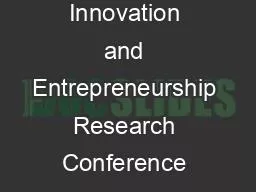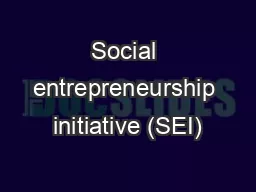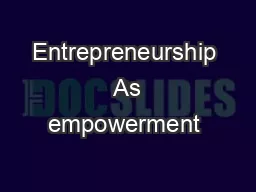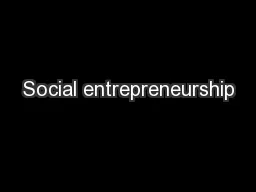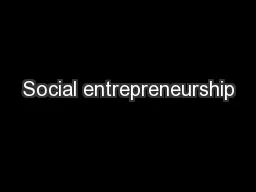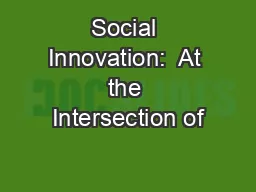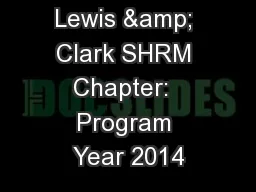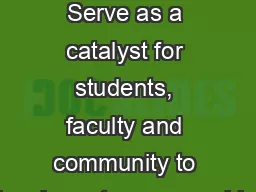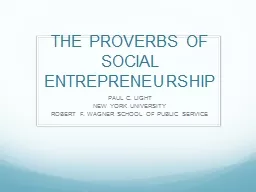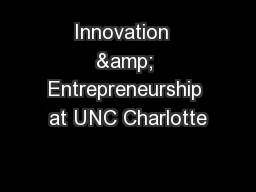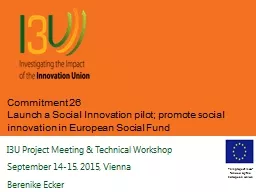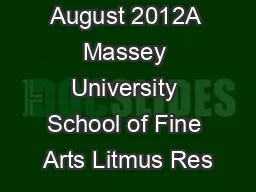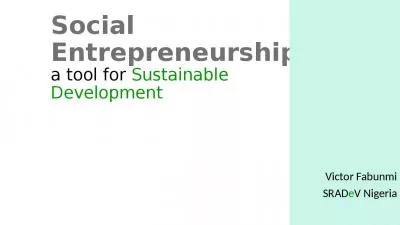PPT-Keynote to: Social Innovation and Entrepreneurship Research Conference (SIERC), Massey
Author : genderadidas | Published Date : 2020-07-01
12 th February 2016 Rendering the social solidarity economy exploring the case for a paradigm shift in the visibility of cooperative and mutual enterprises in
Presentation Embed Code
Download Presentation
Download Presentation The PPT/PDF document "Keynote to: Social Innovation and En..." is the property of its rightful owner. Permission is granted to download and print the materials on this website for personal, non-commercial use only, and to display it on your personal computer provided you do not modify the materials and that you retain all copyright notices contained in the materials. By downloading content from our website, you accept the terms of this agreement.
Keynote to: Social Innovation and Entrepreneurship Research Conference (SIERC), Massey: Transcript
Download Rules Of Document
"Keynote to: Social Innovation and Entrepreneurship Research Conference (SIERC), Massey"The content belongs to its owner. You may download and print it for personal use, without modification, and keep all copyright notices. By downloading, you agree to these terms.
Related Documents

